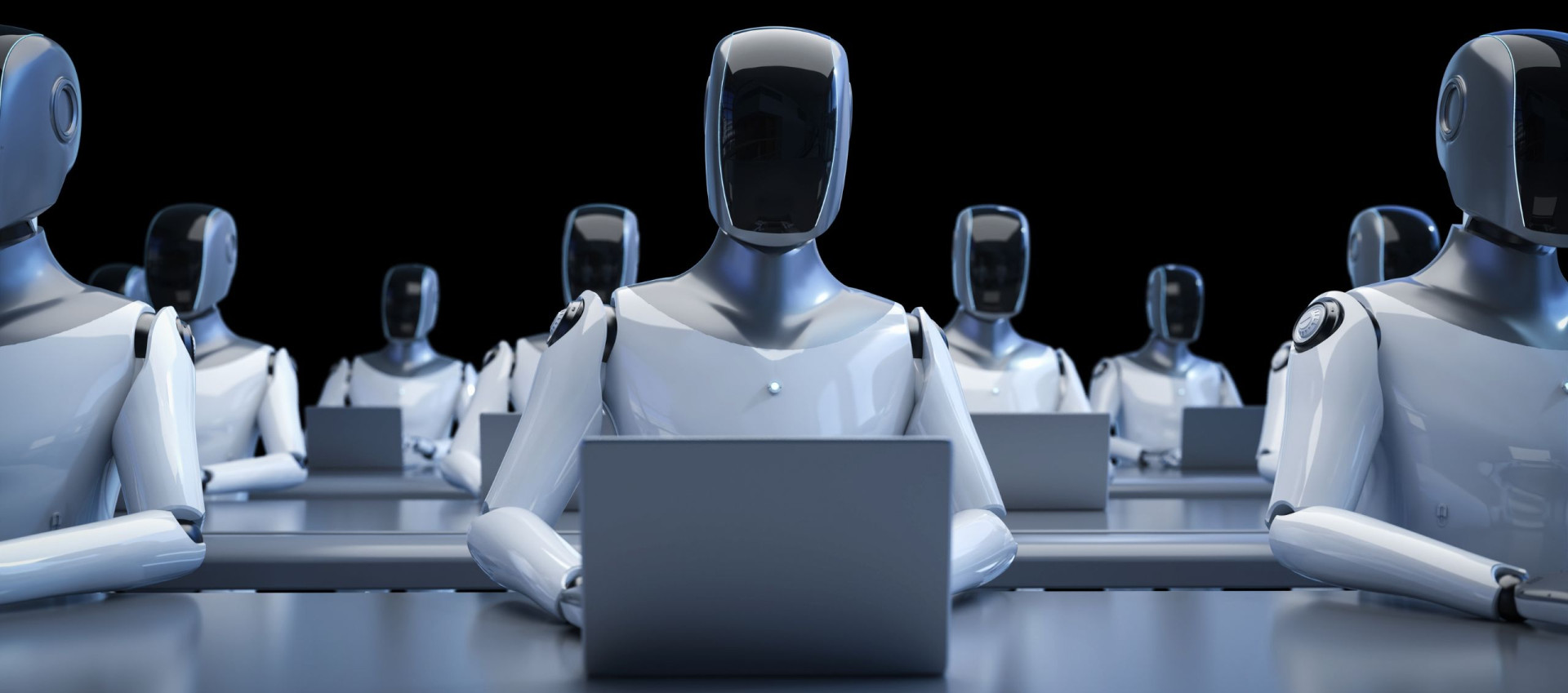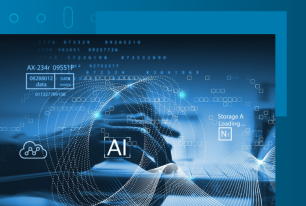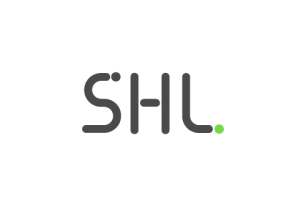The Power and the Peril of AI in the Workplace
With top tech CEOs at Salesforce, Microsoft, and Google boasting about the percentage of work AI handles in their organizations, do businesses still care about the contribution of their workforce?
Share
The CEO flex
Recently, I had the opportunity to contribute to a Fortune article exploring how leaders at companies like Microsoft, Google, and Salesforce are reimagining the future of work with AI. CEOs Satya Nadella and Sundar Pichai report that about a third of their companies’ code now comes from AI tools, while Salesforce’s Marc Benioff claims AI handles up to half of all work at his company.
With AI such a huge talking point, CEOs want to show their stakeholders that they are on board with AI and focusing on increasing profitability through improved efficiency and better margins. However, it could potentially backfire if organizations don’t keep in mind how they are communicating with employees.
The employee perspective
When diving deeper into the metrics, it is not clear how “% of work” is measured, what counts as “AI work,” and if there are any clear frameworks. This can be confusing for employees seeing these headlines and causes uncertainty about job security and work expectations.
There is no doubt in AI’s potential to significantly enhance productivity, causing organizations to rethink their workforce planning to prepare for the future. However, it’s unlikely companies will ever be able to do without people, there will need to be complementary relationships between humans and technology.
Often these types of broad statements around AI and automation from CEOs is an indicator to employees to say, “you better watch your back, you better perform.” From a business psychology standpoint, that’s not good leadership. A better message to your employees would be how by utilizing AI and with the human capital strength that we already have, we are able to do so much more than we are already doing in terms of creating efficiencies and better value for our customers.
Embed transparency and trust
To benefit from AI without damaging morale or causing fears of layoffs, organizations need to create a transparent culture where AI usage is communicated openly. This includes the impact on the business, working processes, and what is expected from employees. This will help knowledge-sharing across the business, accelerate learning, and engage employees.
"Transparency is critically important when an organization is implementing any type of AI. The best thing organizations can do is set up some form of official governance framework that enables them to show employees how the AI models work and explain why they're confident it has the least amount of bias."
Sara Gutierrez, Chief Science Officer, SHL
Empower employees to develop the right skills
Leaders must inspire employees to embrace upskilling, shifting toward more strategic, creative, and uniquely human roles. At the same time, employees need to continuously adapt, learn, and collaborate effectively with new AI tools.
The cornerstone of this transformation is a robust skills development program that equips employees with clear, actionable insights into which skills will be most valuable in the future. By empowering the workforce to grow capabilities in areas where human impact truly matters, rather than in functions that are likely to be automated, organizations can close critical skills gaps, and foster AI literacy throughout every level of the company.
Redeploy talent with intelligence
As the skills for success evolve across all industries, taking a skills-based, rather than purely role-based, approach lets organizations quickly redeploy top talent where they’re most needed, especially as AI reshapes traditional roles and reduces demand in certain functions. This strategy not only boosts flexibility but also supports the retention of high-potential employees by giving them fresh opportunities to contribute and grow.
While the future of work with AI remains unclear, organizations that prioritize skills development, thoughtful leadership, and employee-first strategies will be best positioned to use technology to empower their people and avoid leaving talent behind.
Watch our recent Virtual Summit event Preparing Your Workforce for 2030: Why HR is the Key to Business Success to learn more embracing the future of work.









